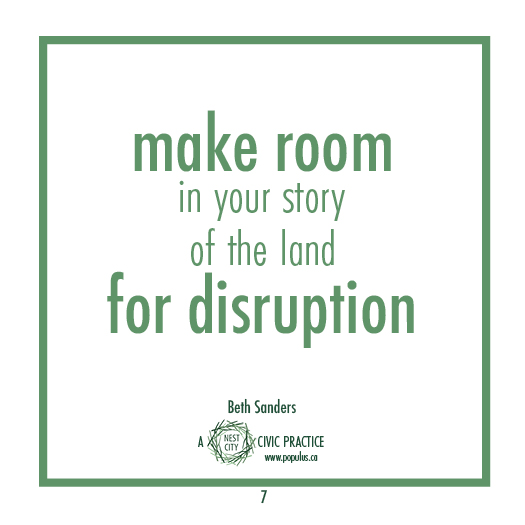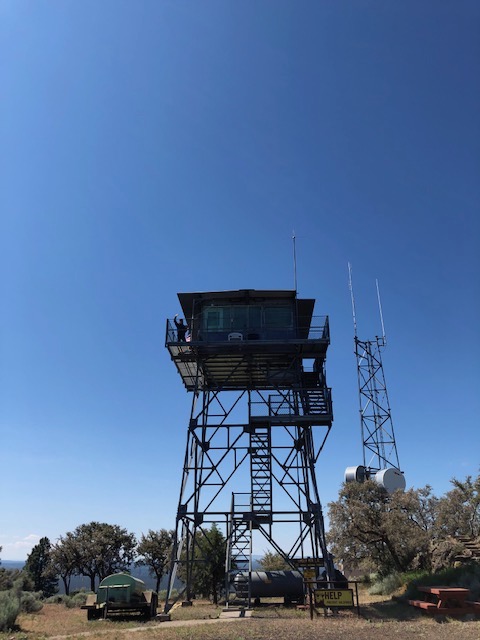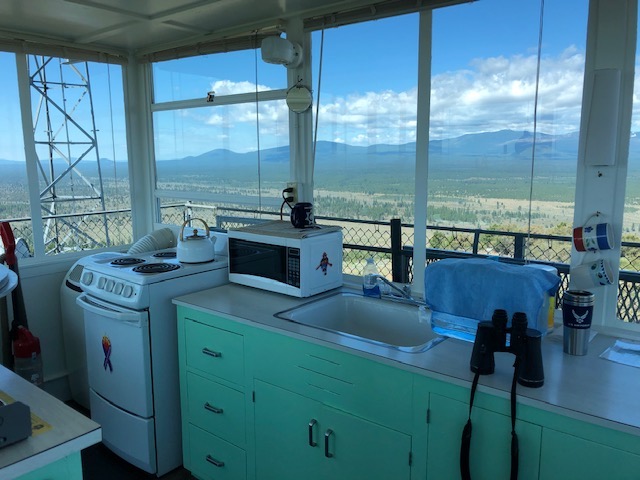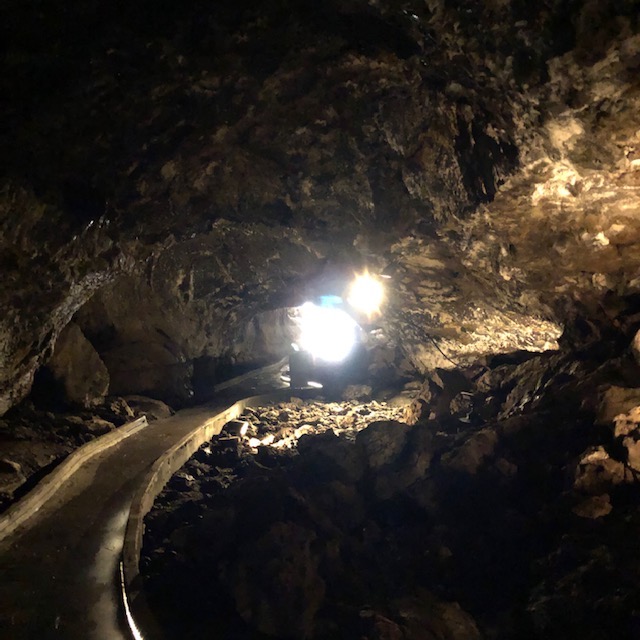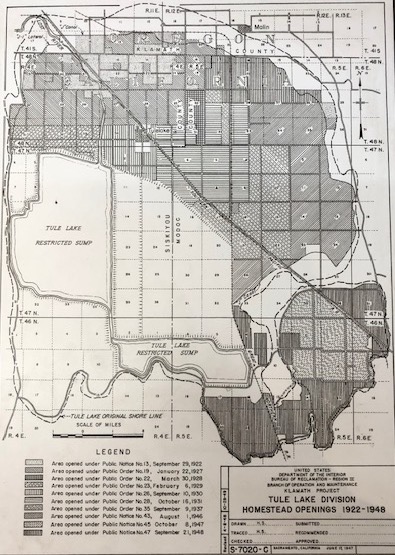Self empowerment threatens the stories we have been telling ourselves for as long as we can remember. Whether its myself I’m empowering, or watching another reach into their own empowerment, my life is changing. My choice:
- be upset, feel threatened, find ways to thwart the coming change
- be supportive, feel excitement, find ways to nuture the coming change
The choice is, in the end, about fighting or allowing.
The choice is, in the end, about fighting or allowing.
In my last post, Beware listening through stories, I describe two ways people showed up for me while I was going through a tough time. Simply put: they listened through their stories and grief and were unable to support me, or they put their stories aside and listened and encouraged me in my own story. The former was about fighting threats to their view of the world; the latter was about creating the conditions to help me find my way. (Both are reasonable responses, yet as the receiver, only the latter feels like love and care.)
At Donald Trump’s inauguration in January there was great talk of a wall. At that same time, I was making my own wall to protect myself in a difficult time. I needed to figure out what my boundaries were. Here’s what it looked like in my journal:
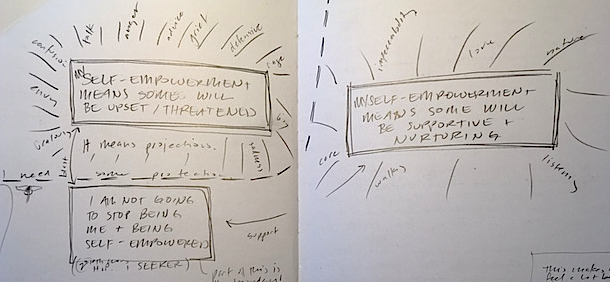
I came to the realization that I am not going to stop doing what I need to do to be me, to grow into who I am growing into. On my side of the wall, at the end of a 21 year marriage, it meant looking after myself in a whole new way. (I know, this begs description and this will come.) What it meant was self-empowerment.
I am not going to stop doing what I need to be doing to be me, to grow into who I am growing into.
On the other side of the wall was upset. What came my way was advice, fury, sadness, directions, and explanations — and a need for explanation. I imagine what was brewing for many behind the scenes: confusion, envy, anger and grief. When I am low, however, support does not come in their reactions to my reality, despite their best intentions. Others’ advice, fury, sadness, directions and need for me to explain what happened are about them and their journey, not me and mine. Hence: a wall.
Others’ advice, fury, sadness, directions and need for me to explain what happened are about them and their journey, not me and mine. Hence: a wall.
Travel through the wall is two-way. When fragile, I stay on my side and raise the ramparts for those stuck in their story and their projections, unable to support me when I need it. Those able to walk alongside me, to care for me and my story, come through. This is moment by moment boundary setting to ensure that when I feel fragile, my needs come first.
When I feel strong enough I travel through the wall into other people’s stories, to walk alongside them without my story. To support them in their own awareness and self empowerment. I do this when the following conditions are in place:
- I am open, able to release my story
- The other is self-aware, knows that their story is their story
- The other is open to exploring the tension they experience in their story, what is going on for them
- There is love, care and safety for us
I realize now that what I have made for myself is perhaps more of a cocoon of sorts, than a wall. It’s a safe place where I become more me, to prepare to be more me out in the world. Inside the cocoon I am not necessarily alone; there are people who join me and support me in my journey. Those that are able to travel with me join me. I leave the cocoon more frequently now, I go back and forth, stronger and more able to leave the parts of my story behind – not forgotten – to join others in their journey.
It seems the cocoon is not a one-time place and time for transformation, but one I can carry with me and make for myself whenever I need it. It is the boundaries I set for myself and the interactions I have with people, and the discernment about when I am able to be with them in their story out in the world and my expectations of people I invite into my cocoon, my side of the wall. I imagined the wall as permeable and so too is the cocoon. In addition, the cocoon is not a one-time event; I conjure it when I need it because change is not a one-time event. (I like my friend Michael’s take on change: think of it not as a noun, but as a verb.)
We all have the same choice, whether the change comes from within or without: resist our transformation or allow it.
Self-empowerment is threatening to our sense of self and others’ sense of self. People will go to great lengths to keep us we were, and we will go to great lengths to keep them as they were. We all have the same choice, whether the coming change comes from within or without: resist our transformation or allow it.
As you become more you, what boundaries do you put in place to support your own empowerment?
